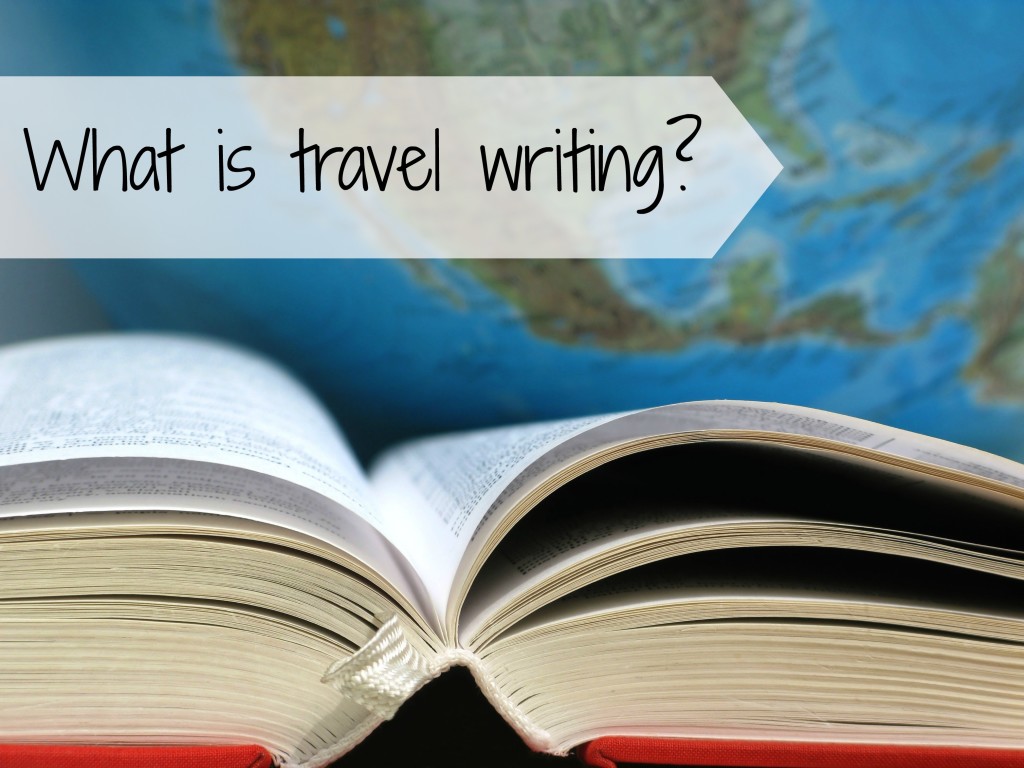Check out the rest of this mini-series if you missed them last week!
Part One: Introduction to Journaling
Travel Writing
Just as Nature Writing implies going out into nature before writing about it, Travel Writing involves embarking on some kind of adventure. It is not necessary to go far, either: this form of journaling can include a road trip, a hiking journey (although this would border on Nature Writing as well), exploring a new place within your own province / state or even city, or a trip overseas. As long as it involves leaving home, it has the potential to be considered a form of Travel Writing.
When we travel anywhere, we will find ourselves coming across things which are unfamiliar or even exotic compared to what we are used to. Travel journals are excellent modes of expression to document our reactions to our new surroundings, our interactions with the locals or with other travelers, and the new experiences that we encounter.
Types of Travel Writing
For the most part, when we keep personal travel diaries, we reflect on how we are growing as a person and how our experience has given us new perspective on the world and our place in it. We might be more candid in writing about what we do and do not like about the place that we’ve traveled to, about the frustrations we have with a different language or culture, or about other struggles we may face.
On the other hand, public travel logs are more likely to include practical details such as warnings against pick pockets or scams, suggestions for good places to eat, and advice on the must-see sights. Travel Writing intended for the public eye usually gives information for how to contact hospitals in case of emergencies and offers a “cheat sheet” regarding prices, tips, and correct forms of greeting and interaction.
Travel Writing covers a wide variety of topics. It can include spiritual journeys, extreme sporting excursions, historical tours, or city/wilderness explorations, among other kinds. Travel writing can take the form of a novel style, such as Bill Bryson’s work, or of the style of a guidebook, such as the famous Lonely Planet series.
Peter Mayle (author of A Year in Provence) is an example of a writer who traveled to one specific place and then stayed there for a long period of time to write his book, although most travel writers prefer to take the “traveling” angle of staying in their destination for a short period of time. Many writers also enjoy jumping from one place to the next, thereby being able to focus more on the travel aspect itself of moving from one destination to another.
Travel Writing captures the author’s personal experiences and impressions of a place or a journey (or both), and thus it is limiting in that it often does not provide a very well-rounded perspective if someone else is interested in the same type of travel. However, Travel Writing is unique in that it provides the reader with a frank assessment of the author’s experiences. Something unexpected is bound to come up, and that is one of the aspects of the travel journaling genre that makes it so intriguing.
Do you enjoy this genre of writing? What style of Travel Writing do you like to use? Share in the comments section below!
Start travel writing:

[…] Part Three: Travel Writing […]
[…] Part Three: Travel Writing […]
[…] Part Three: Travel Writing […]